Warning, this topic may not have as much interest in parts of the country where winter blooming Salvias aren't fully hardy. I also know that many of these Salvias are used as summer bedding plants in colder climates, although mostly for late summer bloom rather than 6 month long blooming here in coastal California.
Recently I read a post from someone who gardens in England, and would love to replicate a California look, especially with blooming Salvias that would combine well with a mediterranean or subtropical planting scheme. I was surprised that they didn't think they would combine, since ther are undoubtedly 100's of species of Salvia from all over the world are grown in England, is it possible that he had never encountered one that seduced him?
Maybe we are just spoiled here in California with all the high elevation/cloud forest Mexican salvias that bloom fall into winter, and would naturally be seen with the Agave and Beschorneria species from this same habitat, that are so popular over there. I wonder what Salvias you would recommend for such a situation? My list is in no way well rounded, but includes varieties that I have used over the years, and have stood the test of time.
Of course there are the perennial border stalwarts such as S. uliginosa, and S. 'Indigo Spires',(if you grow just two Salvias, you won't go wrong with either of these if you enjoy super long flowering and fast growing clear blue or violet-blue flowered filler amongst the foliage. The first is completely hardy as a die back to the roots plan, and loves wet feet. A stunning blooming perennial for morning sun or dappled shade is Salvia splendens 'Van Houttei, which is incredibly elegant with bicolored maroon and orange-scarlet flowers growing 4 to 6 feet tall.
Full sun plants for hotter or drier conditions would include S. leucantha, as popular as Bougainvillea in Mediterranean climates, or S. greggii-Texas Sage. Salvia 'Waverly' and S. 'Anthony Parker' are two front of border plants also common in perennial schemes, and very long blooming under mild summer and long fall conditions.
I'll just mention a few that are tender evergreen semi-woody shrubs in coastal northern California. Most of these would need some winter protection, and some are late enough blooming in fall, that they would mimic Tree Dahlias, (you might never get flowers before first frost). One favorite would include S. wagneriana which can grow 15 feet tall, has largish leaves, and is simply covered in large deep rose flowers all winter. But it wouldn't take conditions below freezing unless grown under cover. S. madrensis is another fall bloomer with daffodil yellow flowers, and will bloom in medium shade, growing 6 foot tall. Salvia buchananii is a much lower grower with small glossy green foliage and lipstick red flowers nearly 9 months of the year in the SF Bay Area.
S. cacaliifolia is another nearly everblooming short cascading species with rich blue flowers, and blooms well in shade,(always a plus for gardens which lack enough sun). I've grown it intertwined with other supporting plants such as Justicia carnea and multitrunked Schefflera puecklerii, where it can weave itself 6 feet tall and blooms all summer into fall. S. chiapensis is another great flowering accent for bright shade, and also works very well in containers. Again with deep pink to magenta flowers nearly all year round.
I am sure almost everyone has encountered Salvia involucrata, a workhorse in any English or American perennial garden. In warmer mostly frost free locations, this species can be used as an espalier to cover 8 foot tall walls, and again will bloom all summer into winter in our conditions, and no doubt blooms late in England and the PNW with wind protected full sun in courtyard conditions. Salvia semi-atrata is another exotic species with tiny fuzzy leaves and very distinctive bi colored flowers.
S. confertifolia is a large grower with incredible furry reddish-brown flowers, combining well with the chocolate flowers of Melianthus major. S. melissodora gets large shrub sized here and blooms fall into winter with grape soda scented violet-lavender flowers. There are many, many more Salvias that combine well with a mediterranean or subtropical plant mix, but these are some of the best plants that I use in my garden designs.
Anyone else have favorite combinations of Salvias and other plants in their gardens?
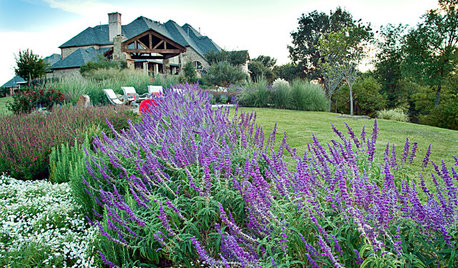
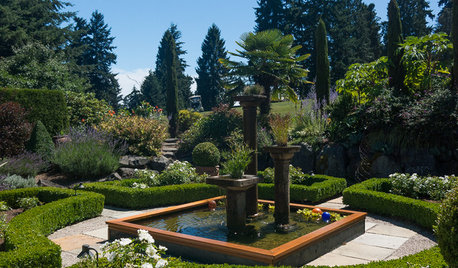
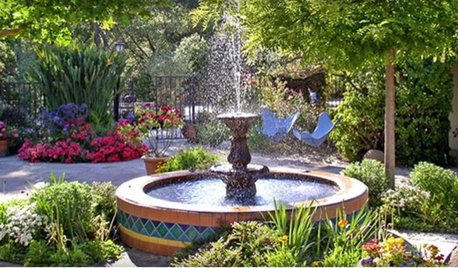
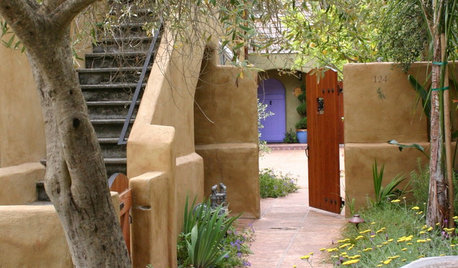
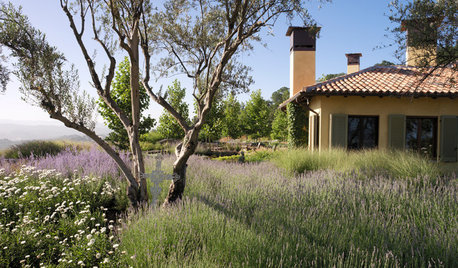
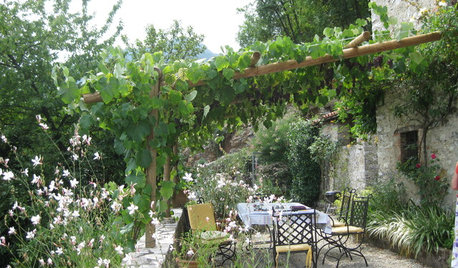
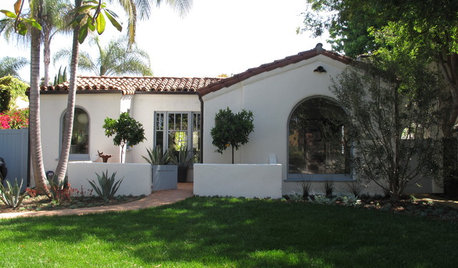
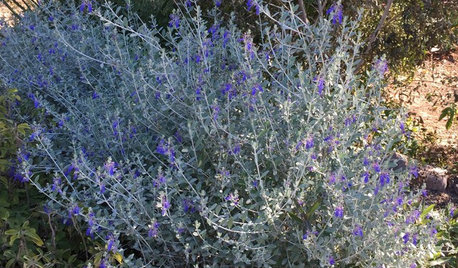
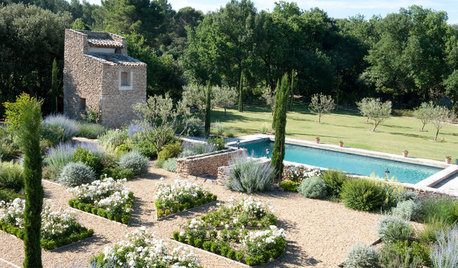
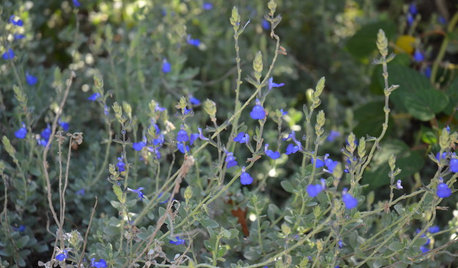






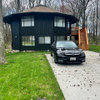

nandina
bahiaOriginal Author
Related Professionals
Goodlettsville Landscape Contractors · Homewood Landscape Contractors · Lake Zurich Landscape Contractors · Lemoore Landscape Contractors · Los Banos Landscape Contractors · Santa Maria Landscape Contractors · Bellingham Decks, Patios & Outdoor Enclosures · Dayton Decks, Patios & Outdoor Enclosures · Kissimmee Decks, Patios & Outdoor Enclosures · Little Rock Decks, Patios & Outdoor Enclosures · Richmond Decks, Patios & Outdoor Enclosures · San Jose Decks, Patios & Outdoor Enclosures · Spanaway Decks, Patios & Outdoor Enclosures · Towson Decks, Patios & Outdoor Enclosures · Genesee Stone, Pavers & Concretenandina
mohavemaria
Brent_In_NoVA
mohavemaria
bahiaOriginal Author
mohavemaria
bahiaOriginal Author
mohavemaria